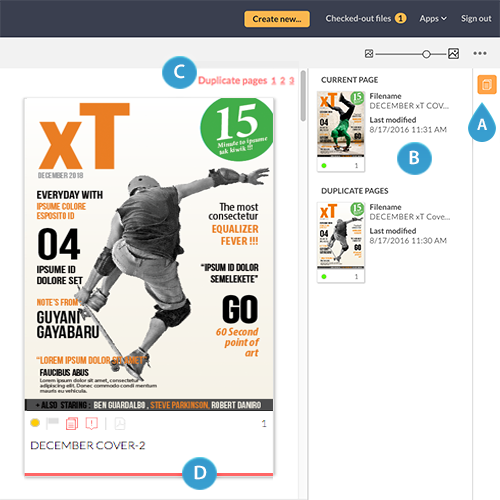

Just select 1 track and click the edit button and you should only see midi from that track. If you select several midi event and double click them they will all be in the editor but only one active at a time. To substitute one of a Pattern's Variations for the version currently sitting on the timeline, select the Pattern and double-click a Variation in the Inspector, or click the drop-down menu next to the Variation name at the top of the Pattern Editor. To do this, select the Variation to duplicate and press the Duplicate button. Click-and-drag Variations to change their order.Īt some point you may want to duplicate a Variation to preserve its current state while editing its clone.

As you can see there are multiple images on this design but we only need a couple of the images so we need to separate them from the design. When the source and target layers have different schemas, a copy of the. 3- Your uploaded image will appear onscreen. Using Copy and Paste on the Standard toolbar is one way of duplicating features. 2- In the next screen click on upload image. To rename a Variation, click its name and enter the name of your choice. Click on the upload image icon on the left toolbar. To delete a Variation, select it and press the minus-symbol button in the Inspector. To add an empty Variation to a pattern, press the plus-symbol button in the Pattern Inspector. This lets you try a great many permutations of a Pattern without worrying about disrupting the others. These can contain different note data, and have differing Step lengths and note resolutions.

You change the second one by making a variation: (click the i button on the editor to see variations)Įach Pattern can hold an unlimited number of Variations. Notice if you duplicate a pattern, in the editor there's just one pattern and they both are that pattern


 0 kommentar(er)
0 kommentar(er)
